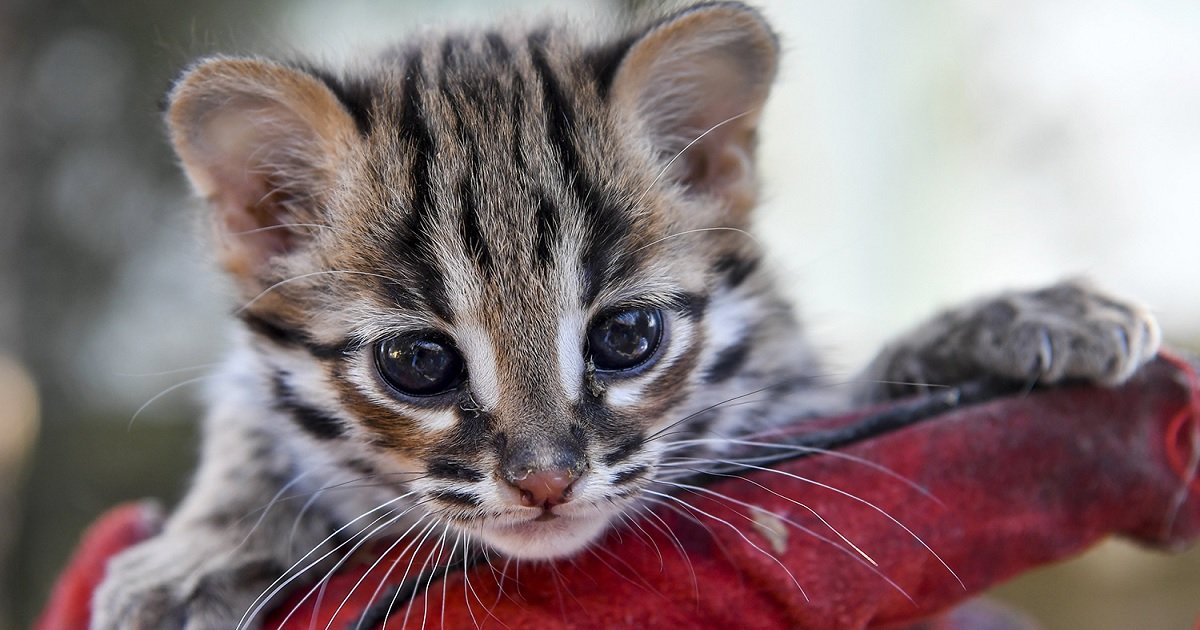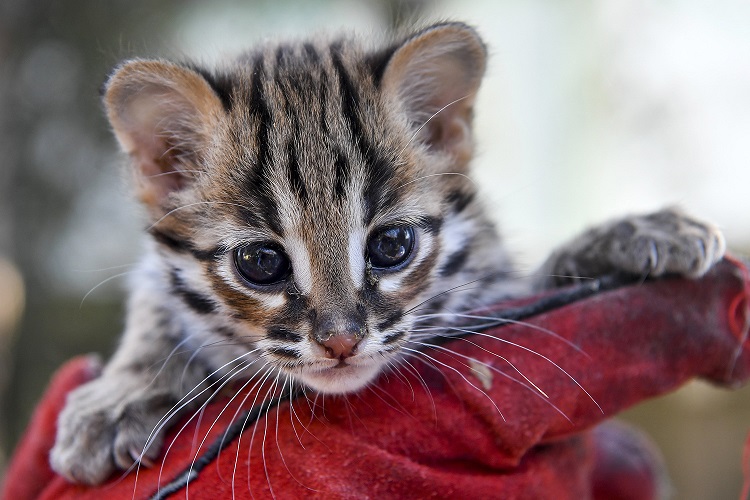The birth of an animal or the public debut of one is normally a big thing in zoos, drawing a lot of spectators and well-wishers who want to witness the event especially if it’s from a member of an endangered species.
But the coronavirus has drastically changed human behavior in that regard.
On February 28, a “healthy” baby male Palawan leopard cat was welcomed at the Debrecen Zoo in Hungary. Its mom had “taken good care of” it for the first six weeks of its life and the adorable cub finally made his debut on the zoo earlier this month. However, there were no admiring human visitors to witness it.
The coronavirus pandemic has forced the facility to close its doors to guests but the staff is hopeful that visitors will soon be able to appreciate the little leopard cat.
“Members of a subspecies found only at our institution in Hungary and a total of 6 zoos worldwide, the Palawan leopard cat family of now four resides in our Small Predator House where you will get to meet them after we reopen,” the zoo wrote on an Instagram post.
Sandor Gergely Nagy, director of the Debrecen Zoo, said that even the animals seem to miss having human fans visiting them and likely sense the scale at which the public health crisis has affected daily life.
“I think not only us but also the animals feel that our life has changed,” Nagy told Reuters. “There are species, especially mammals such as monkeys, which show they are missing the visitors. … They need more care and attention from their carers now.”
Last month, another zoo that is closed due to the coronavirus also featured an unusual debut for one of its newest arrivals.
A three-and-a-half-month-old polar bear was introduced at the Dutch Ouwehands Zoo in Rhenen, Netherlands, without any onlookers, with the zoo adding that we are living in “bizarre times.”
“We live in bizarre times where the coronavirus has captivated the entire world and we are all advised to stay at home,” wrote the zoo, translated to English. “… Meanwhile, life in the zoo continues as usual. The animals are waking up, the trees are blooming and the carefree polar bear twins are showing their noses outside for the first time.”
In lieu of physical visits, other zoos have set up live-streams so that people at home can do a virtual tour while remaining safe at home.
Replaced!




